The Stratford Woods State Nature Preserve is privately owned and operated by a non-profit organization, the Stratford Ecological Center. Education is the primary mission of the Center. Seven nearby counties send their children to Stratford on field trips where they learn about nature and farming. In the summer the Ecological Center offers a popular Farm Camp for kids. During the growing season there’s also a Nature Club for youngsters in which they learn to tend the Giving Garden. In the first year of cultivation, 660 pounds of organically-grown produce harvested from the Giving Garden were donated to a local food bank. The Center also offers several internship programs for young adults. In a typical year, about 3500 school children participate in field trips at Stratford Ecological Center which also sees about 8000 other visitors.
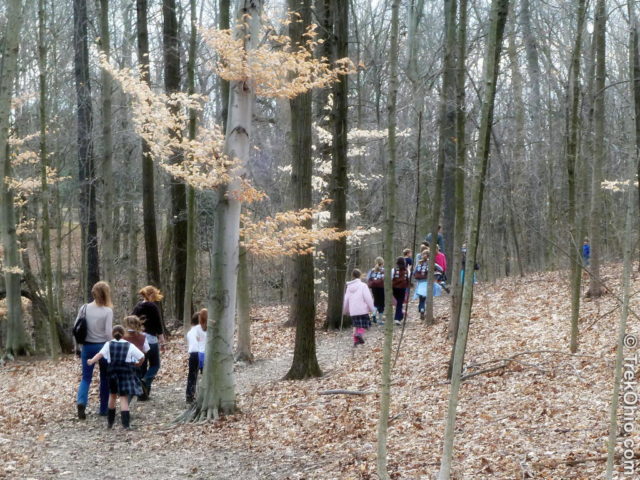
Since farming is such an important focus of the Center, let’s take a look at the farm.
The Farm
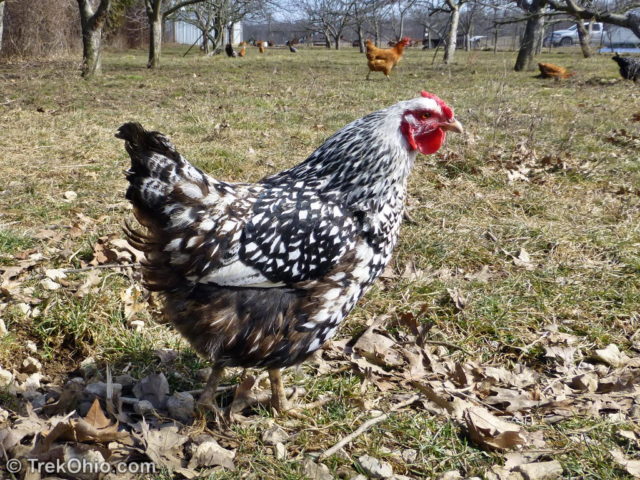
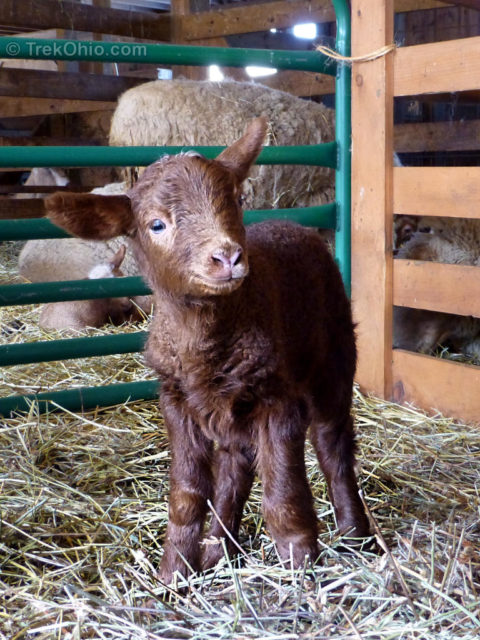
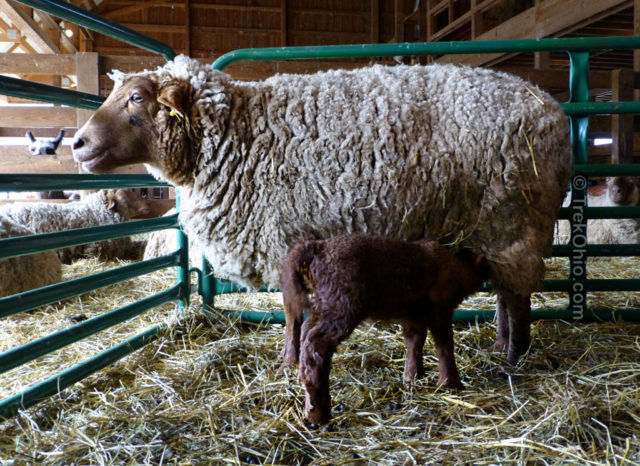
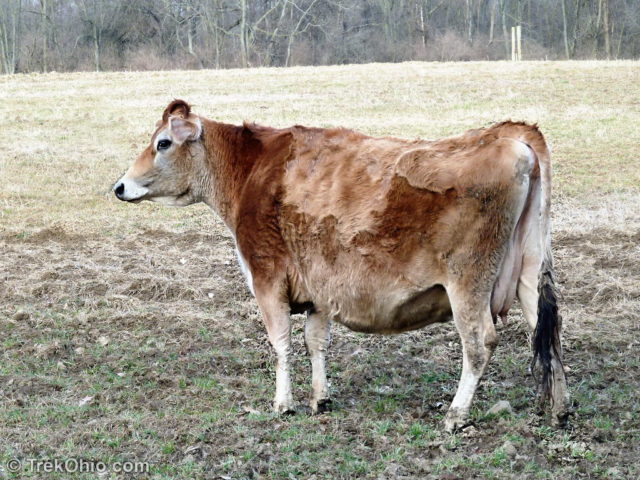
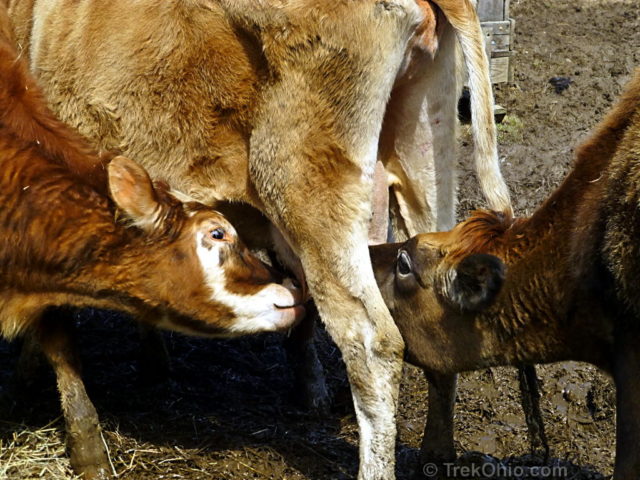
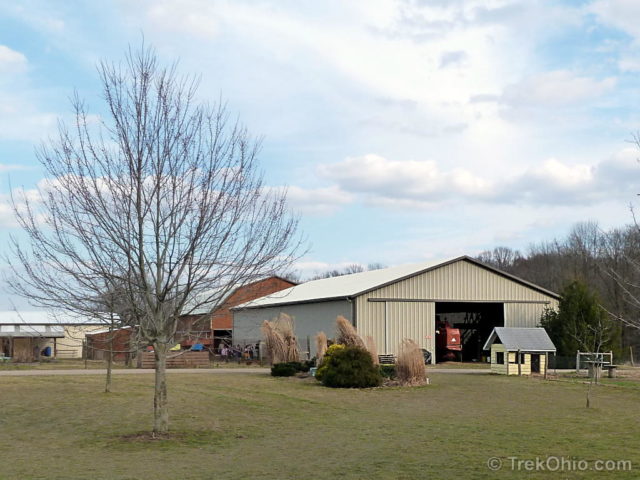
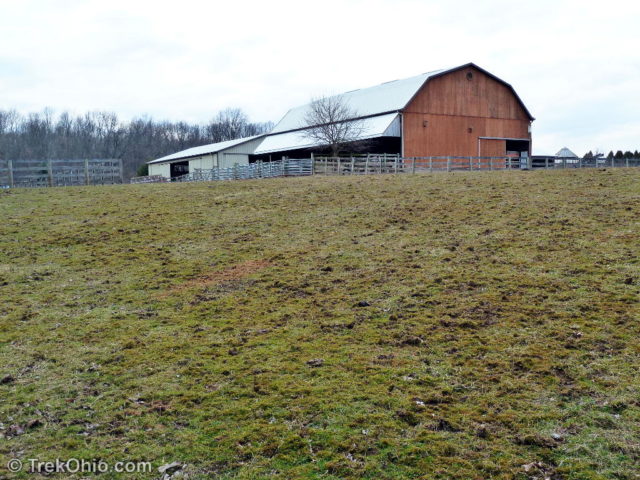
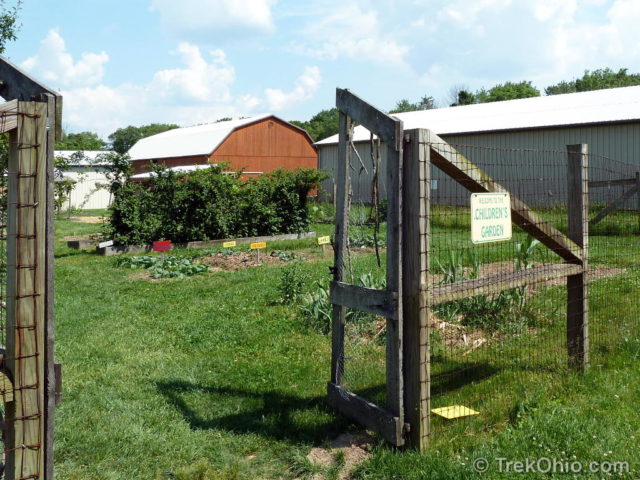
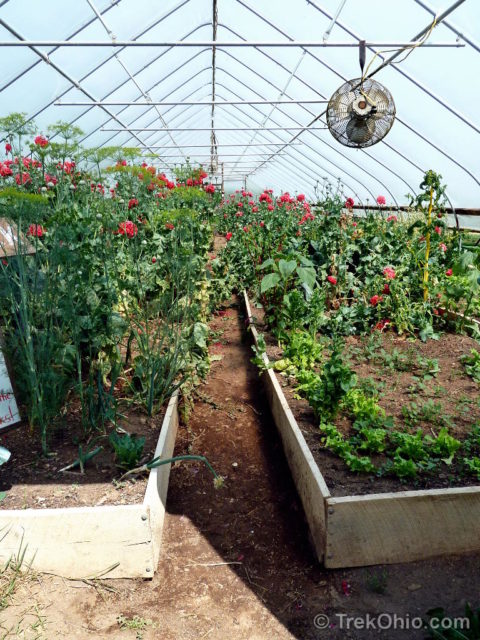
The Natural Areas
A long, gravel driveway leads from the entrance of the preserve to the Visitor’s Center and farm. This driveway divides the preserve into northern and southern sections. To the north the terrain is relatively flat and wet; two buttonbush swamps are located here. To the south there is a ravine which makes for better drainage; the creek here eventually empties into the Olentangy River. In April and May a number of wildflowers grow in this southern region, including three varieties of trillium (large-flowered, drooping and sessile), mayapple, dwarf larkspur, blue phlox and wild hyacinth.
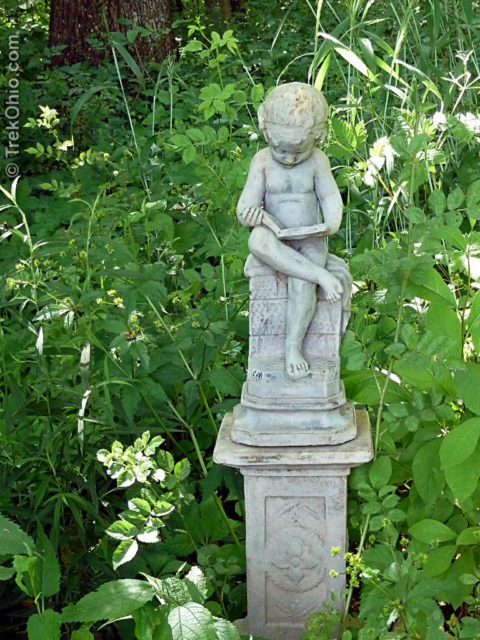
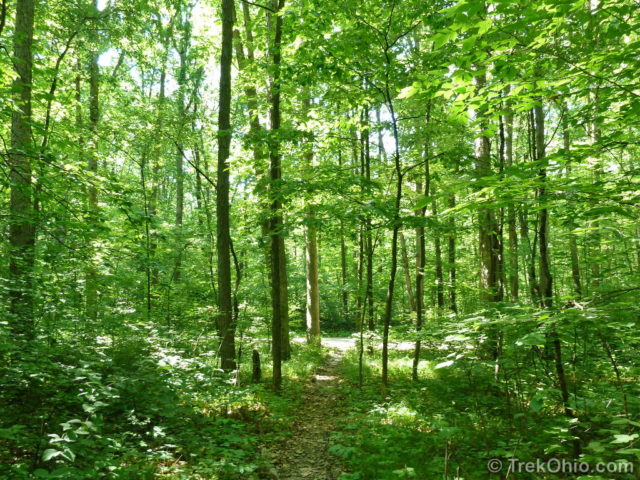
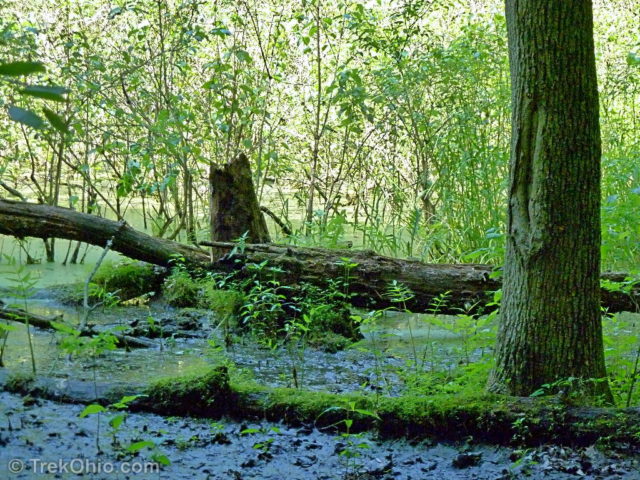
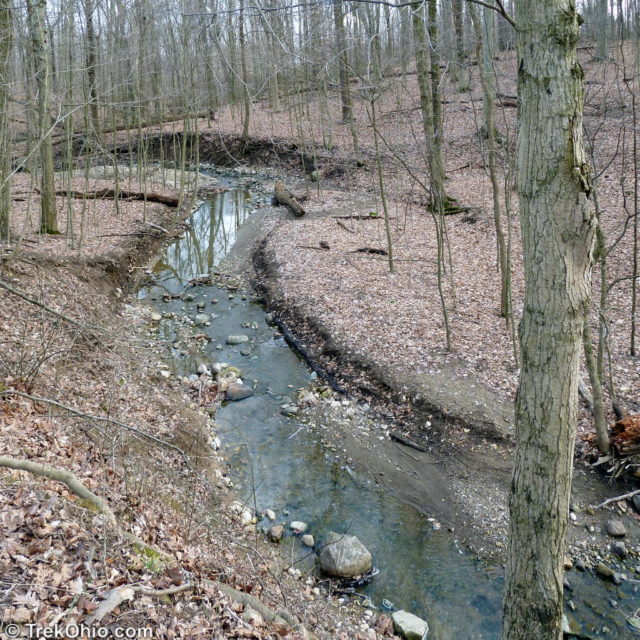
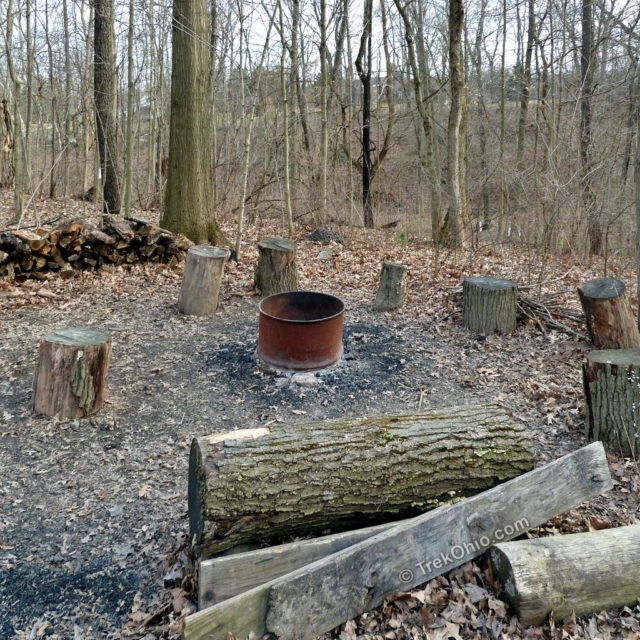
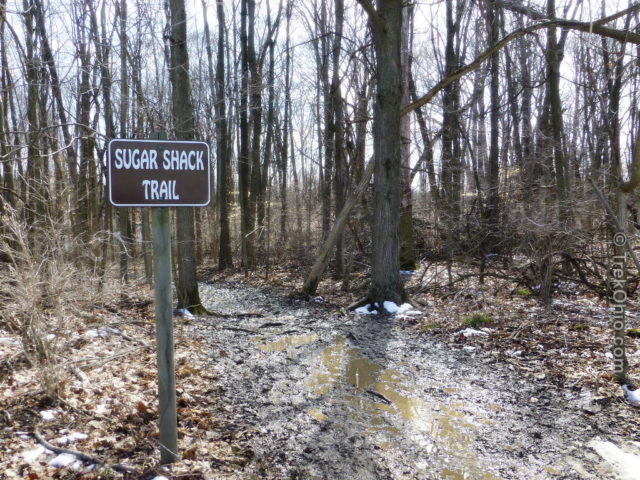
The Sugar Shack houses an evaporator that’s used in the making of maple syrup. If you are interested in learning more about this, check out our article: Enjoying Real Maple Syrup at Stratford Woods.
The Pioneer Cemetery
The Cemetery Trail starts near the Sugar Shack and leads to a small, hilltop cemetery in the woods. This is a pioneer cemetery. If you look at the inscriptions on the headstones, you’ll find that most of the people laid to rest here were interred in the first half of the 1800s. During this period it was common for settlers in Ohio to bury their loved ones on their own farms. A number of these cemeteries are now in parks and preserves as succession has turned farms into forests. When I read these tombstones, I am always struck at how high the infant mortality rate was back then and how many women died in childbirth.
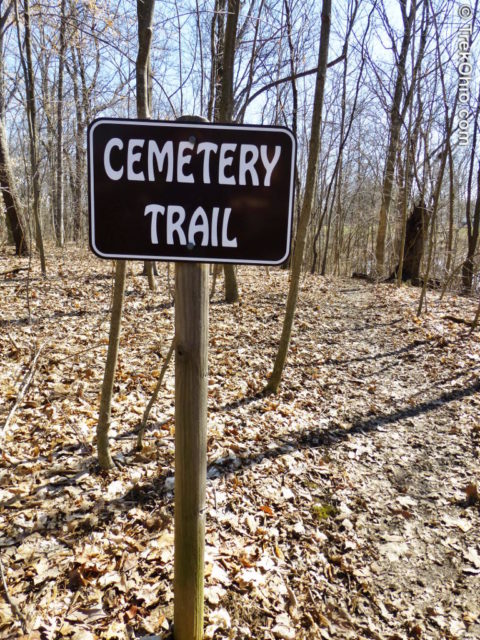
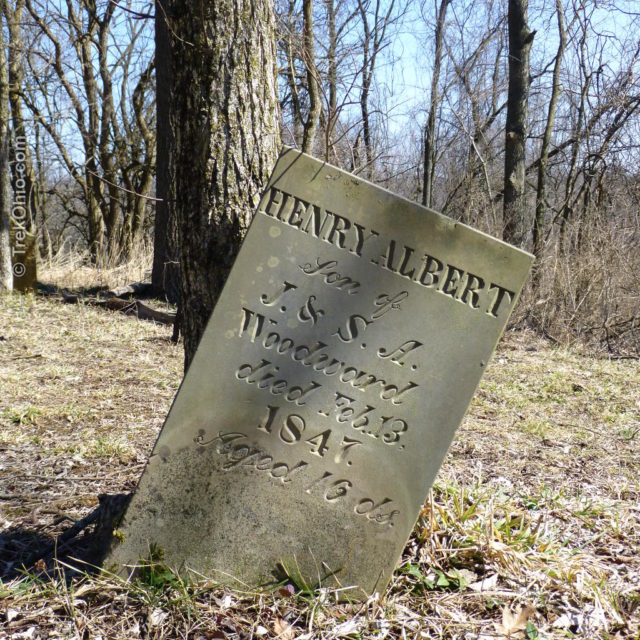
The Visitor’s Center
Because this nature preserve is privately owned, it is not supported by taxpayers. In addition to revenue earned from the farm’s operation, Stratford Ecological Center depends heavily on donations, fund-raisers, and such. Some of their revenue-raising ideas are quite innovative; for instance, I read in one of their newsletters that Stratford Ecological Center was growing willows as “browse” for animals in the Columbus Zoo. In keeping with Stratford’s need to fund itself, visitors are invited to leave a $2 donation per person or a $5 donation per family. Whether you are feeling charitable or not, you are required to sign in at the Visitor Center. The Ohio Dept. of Natural Resources lists the Stratford Woods State Nature Preserve as one of the preserves that you must have a permit to visit. By signing in at the Visitor Center, you are getting such a permit.
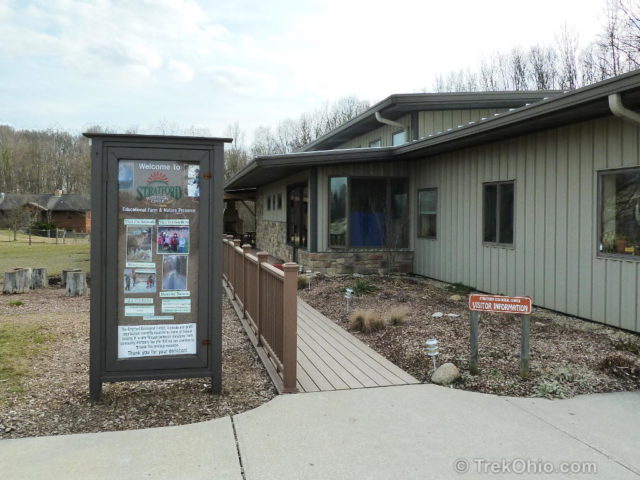
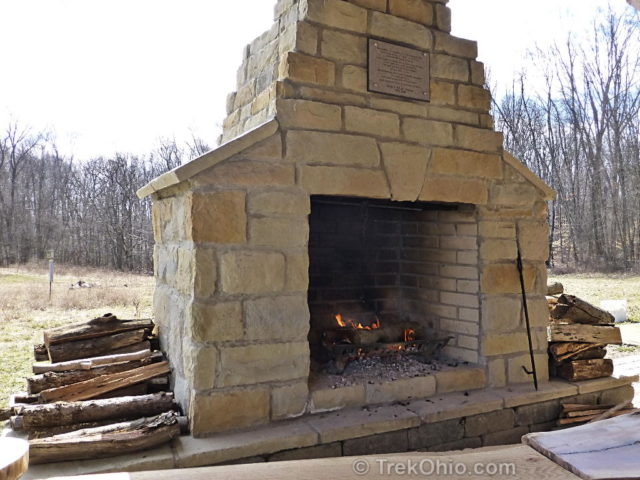
Among the adult programs offered at Stratford is something called the Fiber Circle. Participants meet monthly for three-hour sessions where they practice spinning, knitting, felting, weaving, dyeing, and other fiber arts. Participants pay $10 per year. For information on other programs for adults and children, check out the official site.
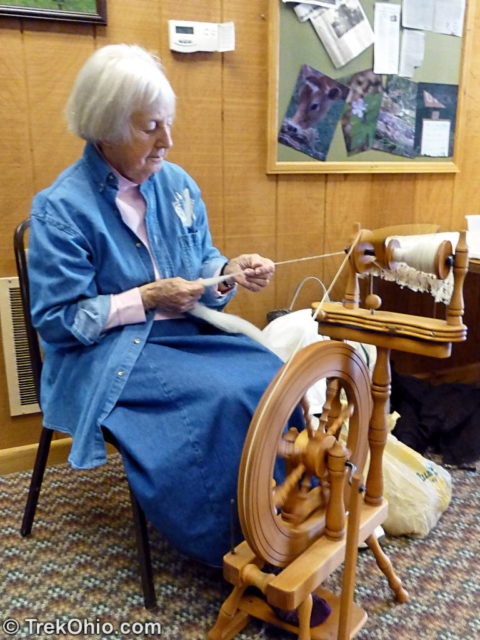
History
Galen Oman bought this rural property in the 1950s as an investment. Originally he had intended on developing a golf course and subdividing the rest of the property into large home lots. But he changed his mind before dying. The land then passed to his daughter, Louise Warner. Louise and her husband, Jack, were both doctors and farmers. Their adult daughter, Gale Warner, had completed an internship at a Californian farm and ecological center known as Hidden Villa. Gale convinced her parents to transform their rural property into something similar to Hidden Villa. With the help of Jeff Dickinson they organized themselves as a non-profit group.
To prevent future, commercial development of this land, the Warners repeatedly petitioned the state of Ohio to recognize their property as a state nature preserve. In 1991 the state did so, and it became the second, privately owned state nature preserve in Ohio. The new, non-profit group hired a resident farmer and an education coordinator. In 1993 the Stratford Ecological Center opened to the public quickly becoming a popular destination for elementary-school day trips. The Center also developed an internship program for young adults like the one that the daughter Gale had experienced in California. Over time the Stratford Ecological Center has continued to grow, and it is now assisted by a large corps of volunteers. Sadly the daughter who had inspired this whole project died in 1991.
Additional information
- TrekOhio: Delaware County Parks & Nature Preserves — This is the county where Stratford Woods is located; check out this page for links to the official site and for information on nearby parks and preserves.
- Hidden Villa – Organic Farming, Wilderness, Environmental Education, Summer Camp, and Community Programs in Los Altos Hills CA, this is the Californian farm that inspired the development of the Stratford Ecological Center
Location
Because this is a working farm and the residence of the farmer, Stratford Woods is open to the public during set hours. Check the official site for the hours, holidays, etc.
- Address: 3083 Liberty Road, Delaware, Ohio 43015
- GPS Coordinates: 40.257193, -83.074322
- Google Maps: View on map or get directions
More on Delaware County
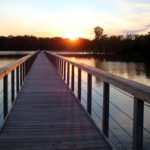
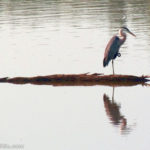
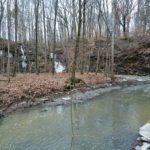
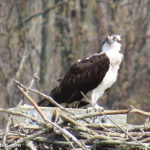
so much variety in one place. pretty nice for children. loved your caption on the cute little lamb, he is a cutey!
Wonderful post and so many beautiful photos. Cemetery Trail, first time in my life, I heard anything like it. Thank You for this post.
Such a beautiful area… Fascinating history.